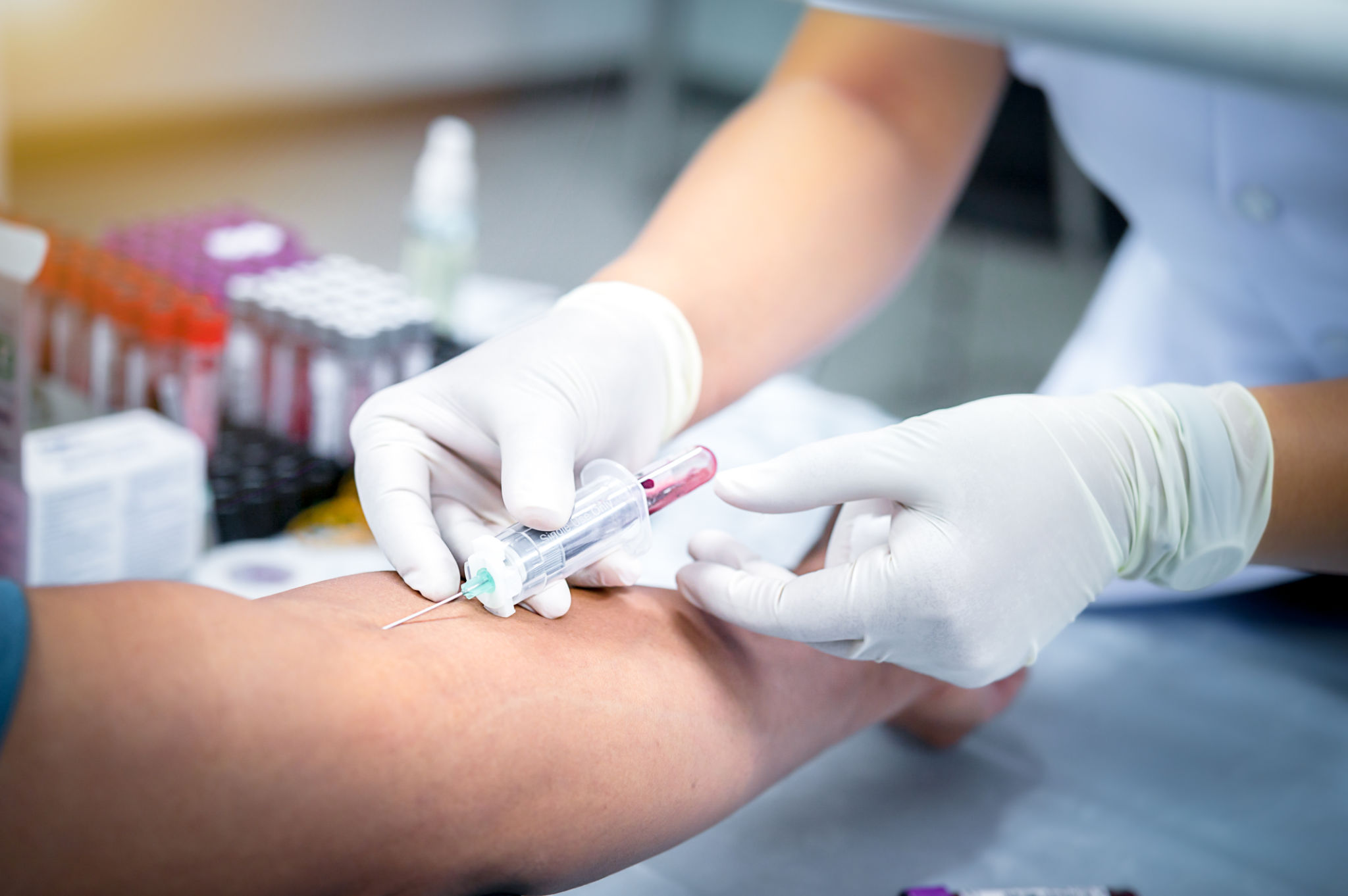Top Questions About Medical Equipment Validation Answered
Understanding Medical Equipment Validation
Medical equipment validation is a critical process in ensuring that all devices function safely and effectively. This process involves a series of tests and assessments to confirm that equipment meets predetermined specifications and standards. Validation is crucial for both new devices and existing ones that undergo modifications.

Validation not only guarantees safety but also enhances the credibility of manufacturers and boosts trust among healthcare providers. In this blog post, we will address some of the most common questions related to medical equipment validation to help you gain a deeper understanding of this essential practice.
What Is Medical Equipment Validation?
Medical equipment validation is a comprehensive process that ensures a device operates as intended under all specified conditions. It involves several stages, including installation qualification (IQ), operational qualification (OQ), and performance qualification (PQ). This ensures that every aspect of the equipment functions accurately and reliably.
Validation differs from verification, another key component of quality assurance. While verification checks if the product meets design specifications, validation ensures the product fulfills its intended use in a real-world setting.
Why Is Validation Important?
The importance of medical equipment validation cannot be overstated. It plays a pivotal role in patient safety, regulatory compliance, and product efficacy. By validating equipment, manufacturers can identify and mitigate potential risks before they affect users.

Moreover, regulatory bodies such as the FDA require validation to approve medical devices for clinical use. This stringent requirement underscores the vital role of validation in maintaining high standards of healthcare delivery.
What Are the Steps Involved in Validation?
The validation process typically follows a structured path:
- Planning: Develop a validation plan outlining objectives, scope, and resources.
- Installation Qualification (IQ): Ensure the equipment is installed correctly according to manufacturer specifications.
- Operational Qualification (OQ): Test equipment functionality under expected operating conditions.
- Performance Qualification (PQ): Confirm performance consistency under actual usage conditions.
- Documentation: Maintain detailed records of the validation process for compliance and future reference.
How Often Should Equipment Be Validated?
The frequency of validation depends on several factors, including regulatory requirements, changes to the equipment, and the potential impact on patient safety. Typically, new devices require validation before clinical use, while existing equipment should be revalidated after significant modifications or repairs.

Periodic reviews are also advisable to ensure ongoing compliance with current standards and technological advancements. Establishing a routine schedule for validation can help organizations maintain the highest levels of safety and efficiency.
Who Is Responsible for Validation?
The responsibility for medical equipment validation lies primarily with manufacturers. They must ensure their devices meet all necessary standards before releasing them to the market. However, healthcare facilities also play a role by performing regular checks and maintaining records of equipment performance.
Engaging with third-party experts can further enhance the validation process, providing an unbiased assessment and ensuring adherence to all regulatory guidelines.
Conclusion
Medical equipment validation is an indispensable part of healthcare quality assurance. By understanding its significance and implementing thorough validation procedures, manufacturers and healthcare providers can ensure the safety and effectiveness of medical devices, ultimately leading to better patient outcomes and enhanced trust within the industry.
